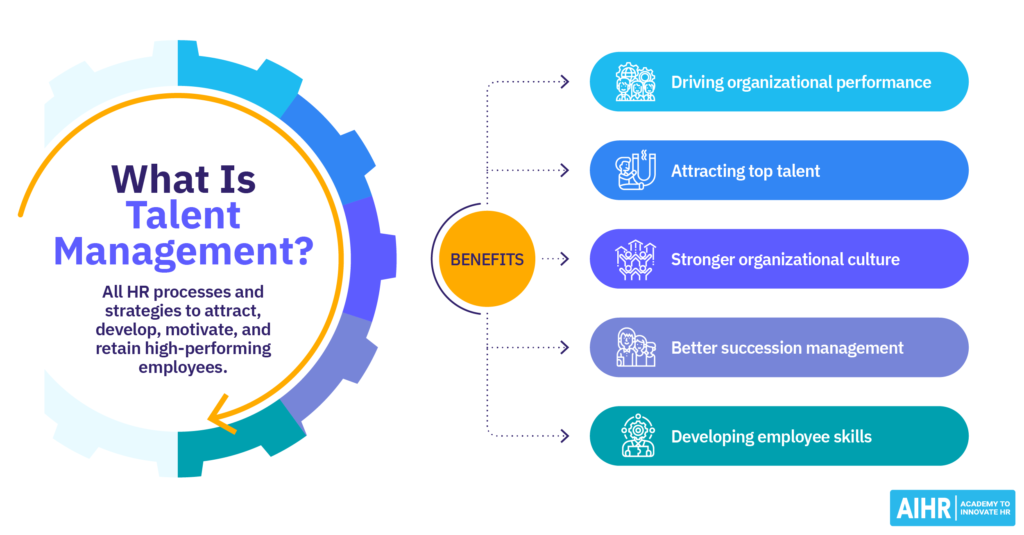The real estate industry is no stranger to innovation. From hand-drawn property sketches to glossy photographs, the way properties are presented has evolved significantly over the years.
However, a new era has dawned in real estate marketing, and it’s all about breaking boundaries. Enter immersive 360 virtual tours – a groundbreaking approach that is reshaping the industry and propelling businesses to new heights.
The Evolution of Property Presentation
Gone are the days when static images and floor plans were sufficient to showcase properties. Traditional methods had their limitations; buyers often struggled to imagine the spatial layout and ambiance of a property.
The digital age demands more, and that’s where immersive 360 virtual tours come into play. These tours transcend static visuals and offer an unparalleled experience that transports potential buyers into the heart of the property.
Understanding Immersive 360 Virtual Tours
Immersive 360 virtual tours utilize specialized cameras and software to capture a 360-degree view of properties. By allowing viewers to navigate and explore spaces as if they were physically present, these tours provide an engaging and interactive experience.
The technology stitches together multiple images to create a seamless and dynamic representation of the property, making it an invaluable tool for modern real estate marketing.
The Benefits of Immersive Experience
The impact of an immersive experience cannot be overstated. When potential buyers are able to virtually walk through a property, they forge a deeper connection with it.
The emotional engagement that results from touring a property as if in person is invaluable – it leaves a lasting impression and increases the likelihood of prospective buyers taking the next step in the purchasing process.
Statistics back this up. Studies have shown that properties with virtual tours experience significantly higher engagement and conversion rates compared to those without.
The immersive nature of these tours captures attention, sustains interest, and ultimately leads to a higher rate of successful property transactions.
Breaking Geographical Barriers
One of the most remarkable aspects of 360 virtual tours is their ability to transcend geographical limitations. In a globalized world, real estate businesses are no longer restricted to their local markets.
Potential buyers from different corners of the world can now explore properties from the comfort of their own homes.
This not only broadens the buyer base but also attracts international investors who can make informed decisions without having to physically visit properties.
Enhancing Transparency and Building Trust
Transparency is crucial in any business transaction, and real estate is no exception. Immersive 360 virtual tours excel in providing transparency by offering a comprehensive view of properties.
Potential homeowners can assess every nook and cranny, getting a true sense of the property’s condition and layout. This transparency builds trust, making buyers feel more comfortable and confident in their decision-making.
Moreover, these tours also facilitate more open and honest communication between buyers and sellers. When buyers are well-informed about a property’s features and potential drawbacks, negotiations become smoother, leading to quicker and more successful transactions.
Empowering the Buyer’s Journey
The buyer’s journey in real estate involves several stages: discovery, consideration, and decision-making.
Immersive 360 virtual tours play a vital role in each of these stages. During the discovery phase, these tours captivate potential buyers’ attention and encourage them to delve deeper.
In the consideration phase, buyers can revisit tours multiple times, making informed comparisons between properties.
Finally, during the decision-making phase, virtual tours expedite the process by providing an in-depth understanding of the property, reducing uncertainty and hesitation.
Competitive Edge in a Digital Landscape
As the real estate industry continues its digital transformation, businesses that embrace new technologies gain a significant competitive edge. Immersive 360 virtual tours are a testament to innovation and modernity.
By incorporating this technology, real estate professionals position themselves as forward-thinking and customer-centric, attracting a tech-savvy audience and outshining competitors who rely on traditional methods.
Implementing 360 Virtual Tours in Your Business
The integration of immersive 360 virtual tours into your marketing strategy can be a transformative step, but it requires careful planning and execution. To ensure a seamless implementation and maximize the benefits of this technology, consider the following steps:
1. Quality Equipment and Software
Invest in high-quality cameras and equipment specifically designed for capturing 360-degree images. These cameras are equipped with multiple lenses to capture a comprehensive view of the property. Additionally, choose reliable software that can stitch these images together seamlessly to create a fluid and immersive experience for viewers.
2. Capturing the Essence of Properties
When creating virtual tours, focus on showcasing the unique features and selling points of each property. Capture the essence of the property’s layout, architectural details, and surrounding environment. Highlight key elements that make the property stand out, such as spacious living areas, modern kitchen amenities, scenic views, or luxurious outdoor spaces.
3. Professional Photography and Editing
Consider enlisting the services of a professional photographer. Experienced professionals know how to capture the best angles and lighting conditions to create stunning visual content. After capturing the images, thorough editing is crucial to ensure a seamless transition between different viewpoints within the tour.
4. User-Friendly Navigation
Ensure that the virtual tour provides a user-friendly navigation experience. Viewers should be able to easily move from one room to another and zoom in on specific details. Intuitive controls, such as clickable arrows or a navigation menu, should be incorporated to guide viewers through the tour effortlessly.
5. Integration with Your Website and Listings
Embed the virtual tours directly into your property listings on your website, as well as on relevant third-party real estate platforms. This integration ensures that potential buyers have easy access to the tours when researching properties. The seamless availability of virtual tours enhances user engagement and may encourage potential buyers to spend more time exploring your listings.
6. Promotion and Distribution
Promote your virtual tours across your marketing channels. Share them on social media platforms, in email campaigns, and through other digital marketing strategies. Consider creating teaser videos or posts that showcase snippets of the virtual tour to generate excitement and curiosity among your audience. Use a video compressor when sharing across multiple platforms to optimize file sizes without compromising quality, ensuring smooth streaming and quicker loading times.
Conclusion
In a world where innovation drives success, immersive 360 virtual tours are a game-changer for the real estate industry.
Real estate businesses that embrace this technology position themselves for exponential growth, tapping into a global market and redefining the customer experience.
As we continue to navigate the digital landscape, one thing is clear: immersive 360 virtual tours have reshaped the real estate landscape, and those who seize this opportunity stand to reap the rewards of expansion and success.




